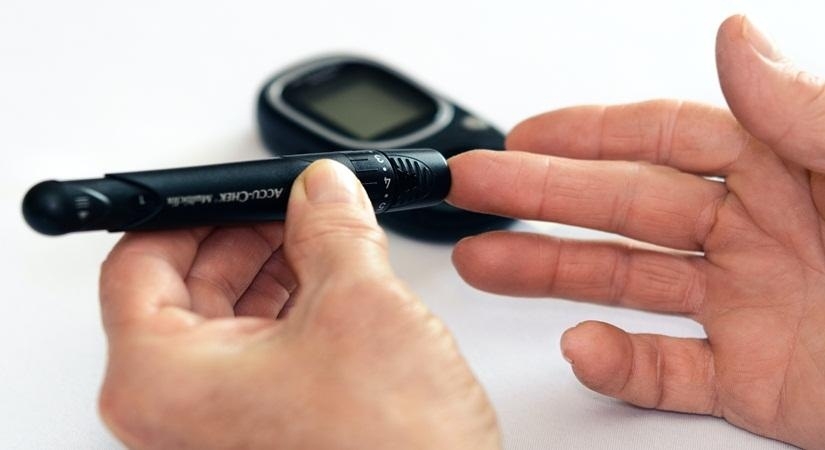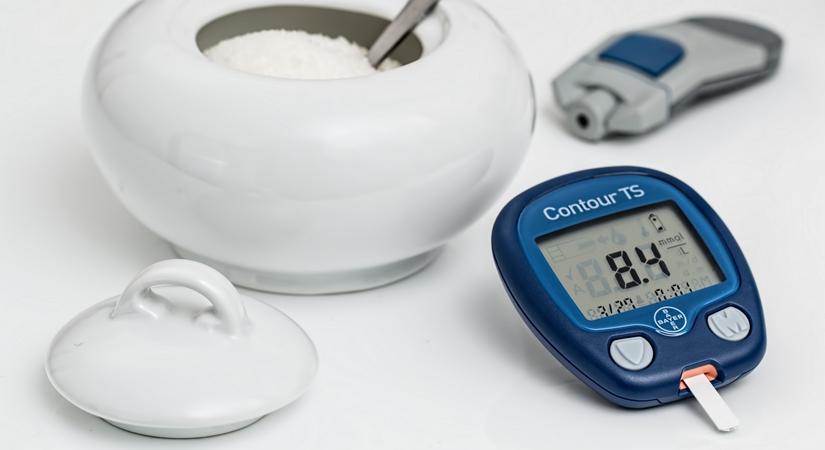All forms of exercise such as aerobic, resistance, or doing both in a structured workout regime has shown to lower HbA1c values in people with diabetes…writes Chandni Haldurai
Physical activity or a regular workout regime is a key element in managing type 2 diabetes. Until recently studies showing the significance of exercise to manage diabetes were very less. However, now we can see that there is plenty of research highlighting the importance of exercise to manage blood glucose levels effectively.
The research indicates that participation in a regular workout regime improves blood glucose control, preventing or delaying the onset of type 2 diabetes, and boosts your body’s sensitivity to insulin, countering insulin resistance.
Also, regular physical activity positively affects blood pressure, and cardiovascular health, lower harmful LDL cholesterol and triglycerides raise healthy HDL cholesterol, strengthens muscles and bones, reduces anxiety, and improves your general well-being.
How does exercise affect blood glucose levels?
Early in the exercise, the glycogen stores are utilized as fuel. Further when the glycogen stores are depleted, the muscles increase the uptake of blood glucose along with the free fatty acids released from the adipose tissues.
Muscles can utilize your blood glucose without insulin intervention when you’re doing physical activity.
What type of activity helps in diabetes management?
All forms of exercise such as aerobic, resistance, or doing both in a structured workout regime has shown to lower HbA1c values in people with diabetes.
Resistance training and aerobic exercise both help to lower insulin resistance, however, combining the two types of exercise proved more beneficial than doing either one alone. In a recent meta-analysis, aerobic, resistance, and combined exercise training were found to be associated with HbA1c reductions of 0.67 per cent following 12 or more weeks of training.
Hence people with diabetes need to maintain a healthy workout regime.
Resistance training for diabetes
70-80 per cent of the glucose in your body after a meal goes into the muscles. Maintaining a good muscle mass is essential for better glucose uptake. Hence adding resistance training to the workout regime becomes highly important.
Emerging research suggests that resistance training has the power to combat metabolic dysfunction in patients with Type 2 Diabetes and seems to be an effective measure to improve lower metabolic risk factors in diabetes individuals and improve overall metabolic health. A meta-analysis of 10 included supervised resistance exercise studies, RT reduced HbA1c by 0.48 per cent.
Resistance exercise further increases excess post-exercise oxygen consumption (EPOC). EPOC after exercise is related to the utilization of fat as fuel which is beneficial for weight loss.
Resistance training appears to be a useful strategy to enhance overall metabolic health and lower metabolic risk factors in diabetic patients since it appears to improve insulin sensitivity and glucose tolerance.
Aerobic training for diabetes
In both type 1 and type 2 diabetes, moderate to high levels of aerobic activity are significantly linked to decrease cardiovascular and total mortality risks.
In type 2 diabetes, therapies using aerobic exercise have dominated the research about the impact of exercise on glycemic indices. Large muscular groups are moved continuously and rhythmically during aerobic activity, which includes activities like cycling, jogging, and walking. According to the most recent ADA recommendations, individual aerobic activity sessions should preferably last at least 30 minutes each day and be carried out 3 to 7 days a week.
Moderate to vigorous (65 per cent-90 per cent of maximum heart rate) aerobic exercise training improves VO2max cardiac output, which is associated with substantially reduced cardiovascular and overall mortality risk in patients with type 2 diabetes.
In individuals with type 2 diabetes, regular training reduces hbA1c and insulin resistance Alternatively, high-intensity interval training (HIIT) promotes insulin sensitivity and glycemic control in adults with type 2 diabetes.
Aerobic exercise boosts the number of mitochondria, insulin sensitivity, oxidative enzymes, blood vessel compliance and responsiveness, immune system activity, lung function, and cardiac output.
While aerobic exercises are good on their account, it is important to make sure there is a combined activity of both aerobic and resistance training for better benefits.
What precautionary measures should I take before exercising?
Checking your blood sugars before your workouts can help you understand your body better and start taking necessary precautions.
When your blood sugars are lower than 100 mg/dL, it may be too low to exercise safely. Eat a small snack containing 15 to 30 grams of carbohydrates, such as a fruit (banana or apple- they digest quickly and give you better energy) before you begin your workout.
When your blood sugars are 100 to 250 mg/dL You’re good to go. This is a safe blood sugar range before exercise for the majority of people. If you feel like you need extra energy, you can still eat fruit before working out.
When your blood sugars are 250 mg/dL or higher, then it’s not safe to exercise as the blood sugars are too high. Consult with your physician for controlling the blood sugars and then follow their instructions before doing any activity because exercise can sometimes raise blood sugar even higher.
Exercise plays a critical role in the prevention and treatment of insulin resistance, prediabetes, GDM, type 2 diabetes, and diabetes-related health issues. Hence, it’s ideal to follow a regular workout regime to maintain healthy blood glucose levels and thereby manage diabetes.
ALSO READ-Dark chocolate and Diabetes













